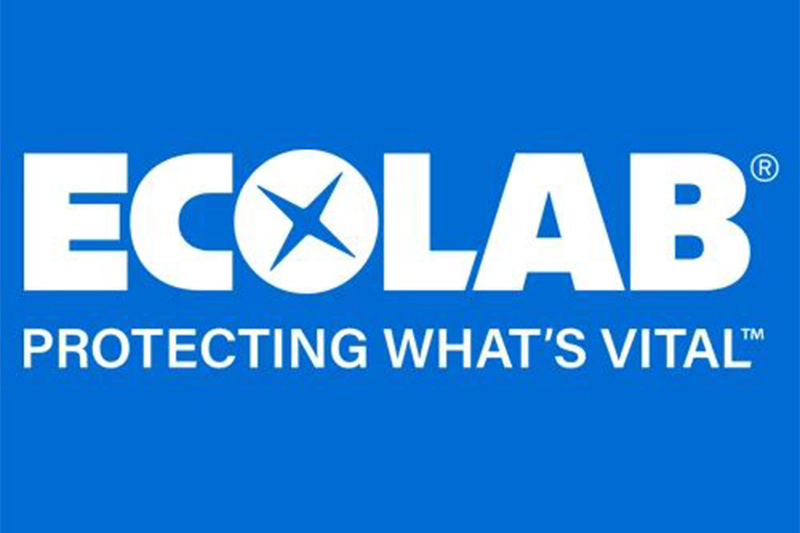There has been increased regulatory focus on data integrity recently and, as Andrew Hopkins reminded delegates, data provides the foundation for people’s trust in medicines. Hopkins, a Senior GMP Inspector with the UK Medicines and Healthcare Products Regulatory Agency (MHRA), explained that Quantitative Risk Management is based on accurate feedback and the consequences of not getting it right can cause patient harm or product shortages and create a considerable financial cost for the companies concerned.
Hopkins gave a regulator’s perspective on data integrity, defining it as ‘the extent to which all data are complete, consistent and accurate throughout the data lifecycle – covering everything from initial generation and recording through processing (including transformation or migration), use, retention, archiving and retrieval’.


